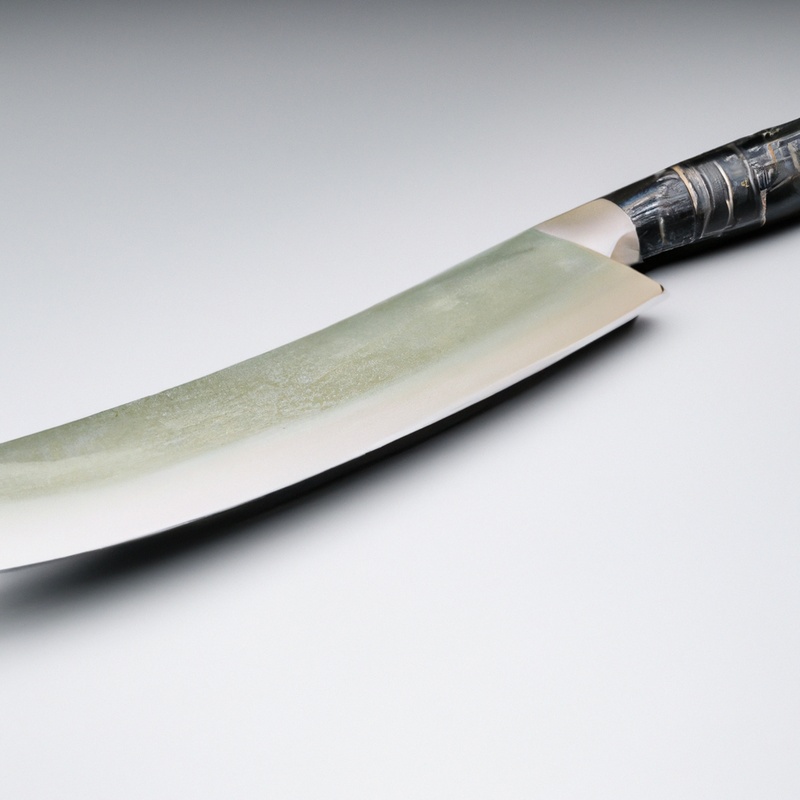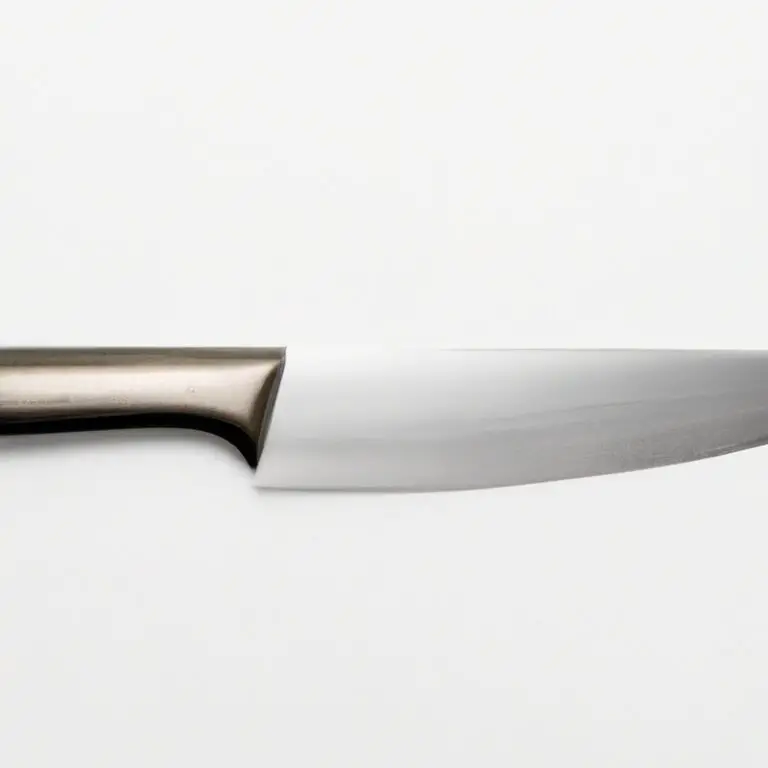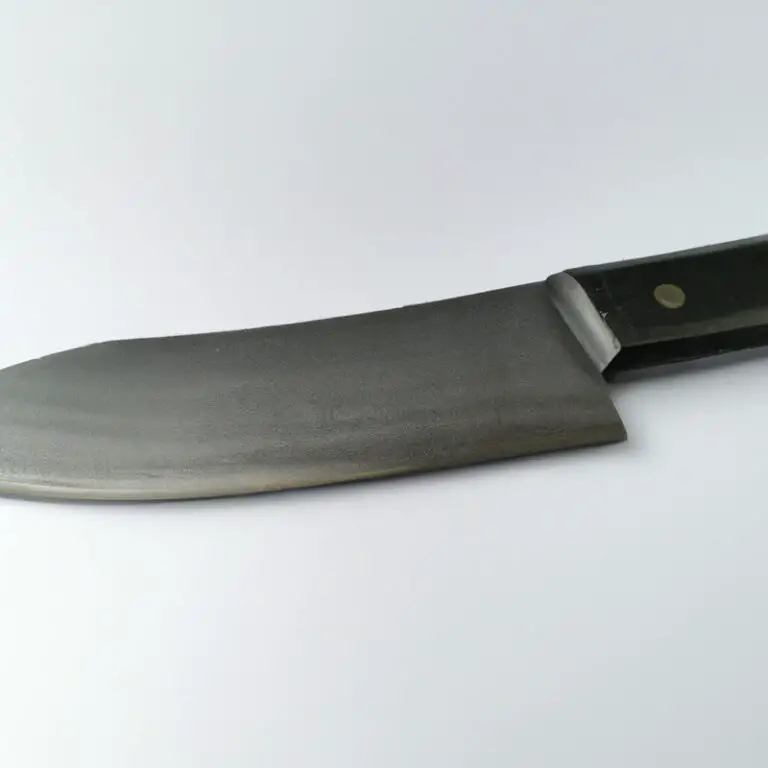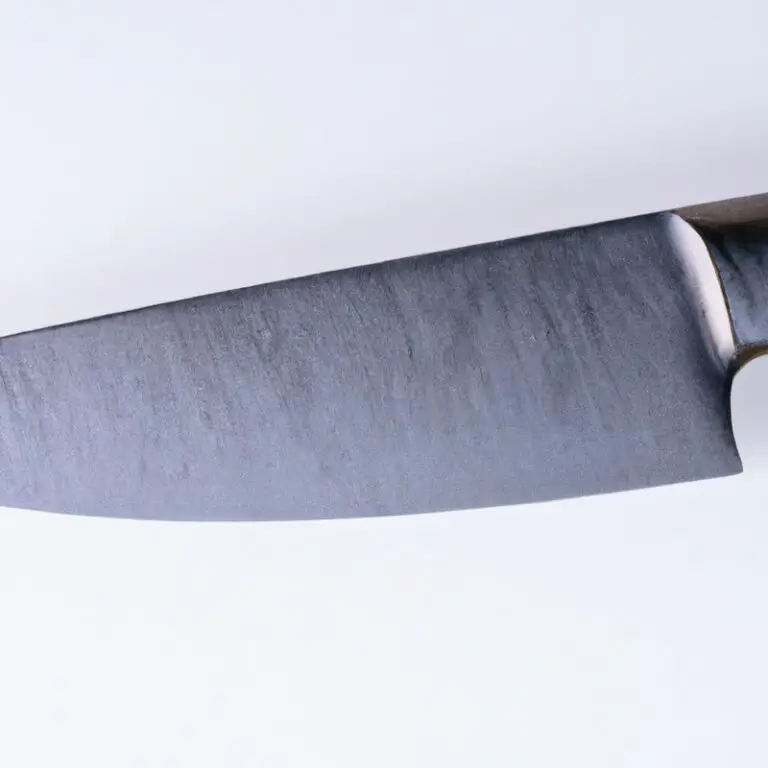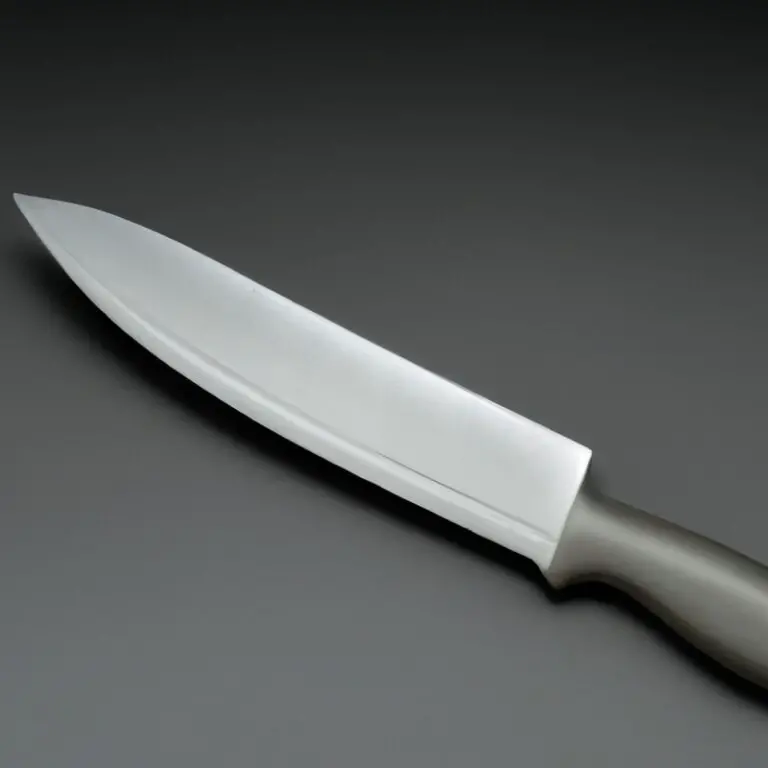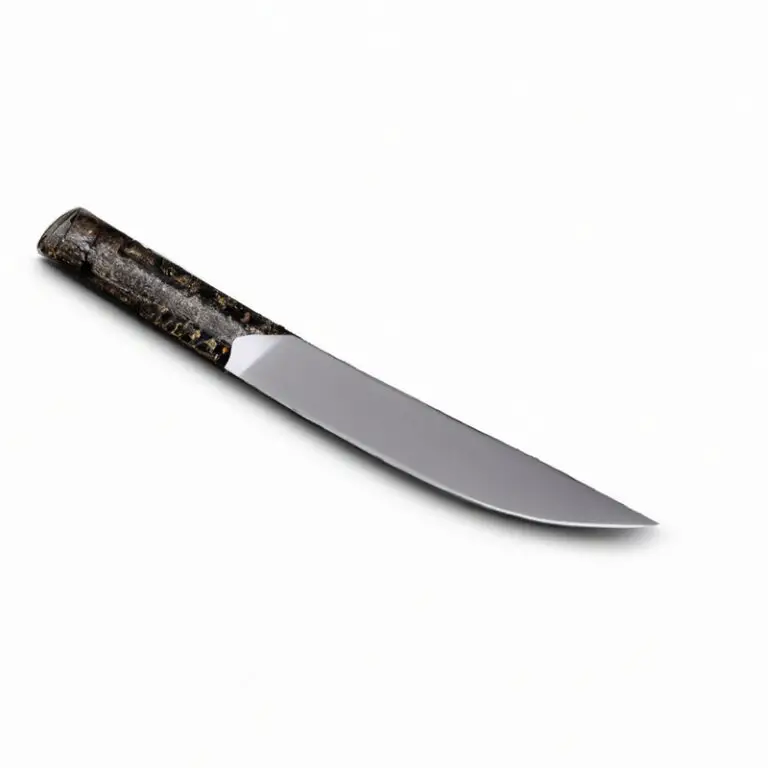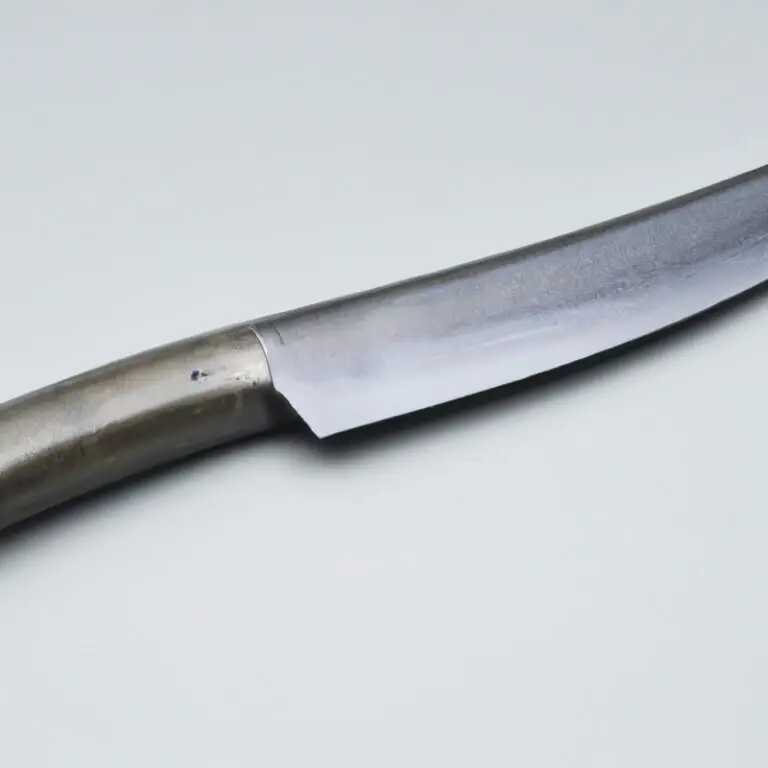How To Maintain The Balance Of a Gyuto Knife During Use? Expert Tips
Key Takeaways:
- Keep a firm grip on the handle and use a light touch when cutting to maintain balance and control.
- Practice proper honing and sharpening techniques to ensure the blade stays sharp and reduces the need for excess force during use.
- Avoid using excessive force or twisting motions, which can cause the blade to become unbalanced and increase the risk of injury.
- Regular maintenance and upkeep, such as cleaning and storing the knife properly, can help preserve its balance and overall quality.
Are you tired of your Gyuto knife losing its balance and ruining your cutting experience? Maintaining proper balance when using a Gyuto knife is crucial for precision and efficiency.
It all begins with selecting the right knife that fits your specific needs, followed by mastering the grip and technique, and even extends to cleaning and storing it properly.
In this article, I will share invaluable tips on how to maintain the balance of your Gyuto knife for optimal cutting performance every time. So, sit back, grab your Gyuto knife, and get ready to revolutionize your cutting skills.
| Technique | Advantages | Disadvantages |
|---|---|---|
| Pinch Grip | Increased control and precision | May fatigue the hand over long periods of use |
| Thumb and Index Finger Grip | Good for delicate tasks and detailed work | Can limit the range of motion |
| Full Grip | More comfortable for larger hands | May reduce control and precision |
| Blade Resting on Cutting Board | Eases tension on hand and wrist | May dull the blade faster |
The importance of maintaining balance while using a Gyuto knife
Maintaining balance while using a Gyuto knife is crucial for optimal performance. A well-balanced knife reduces the risk of accidents, injuries and fatigue during use.
Proper grip and positioning are important for achieving balance, but weight distribution and blade shape also play a significant role.
The right balance of a knife can only be achieved by selecting a knife that fits your specific needs. Maintaining sharpness and proper angle during sharpening is equally essential for maintaining balance.
Finally, cleaning and storing your knife properly will also help to maintain its balance.
Avoiding common mistakes is equally important to ensure that the balance of a Gyuto knife stays optimal.
Proper grip and positioning for optimal balance
Proper grip and positioning are essential for maintaining the balance of your Gyuto knife during use. Grip the handle firmly, but not too tight, ensuring that your hands are not too far apart or close together.
Your dominant hand should be closer to the blade while the other hand should be roughly halfway up the handle.
Positioning is also crucial for optimal balance. Stand upright with your feet shoulder-width apart and your weight evenly distributed between them.
Keep your elbows close to your body and always cut with a forward and downward motion.
Maintaining proper grip and positioning will not only help you maintain optimal balance but also prevent injury and improve the accuracy and control of your cuts.
The role of weight distribution in maintaining balance
The weight distribution of a Gyuto knife plays a crucial role in maintaining its balance during use. A well-balanced Gyuto knife will have its center of gravity near the bolster or the area closest to the handle.
This design helps to distribute the weight evenly along the blade, making it easier to control and maneuver.
A poorly balanced knife, on the other hand, can cause fatigue and lead to accidents. When choosing a Gyuto knife, look for one with a well-distributed weight that feels comfortable and well-balanced in your hand.
Remember to avoid knives that are too front-heavy or back-heavy, as they can lead to unsteady cutting.
The impact of blade shape and thickness on knife balance
Blade shape and thickness have a significant impact on the balance of a Gyuto knife. The shape of the blade dictates the distribution of weight and affects the overall balance of the knife.
A heavier blade towards the handle creates a more balanced knife, whereas a heavier blade towards the tip creates an unbalanced knife.
The thickness of the blade also plays a role in the balance of the knife. A thicker blade tends to be heavier and shifts the weight towards the handle, creating a more balanced knife.
Conversely, a thinner blade tends to be lighter and shifts the weight towards the tip, creating an unbalanced knife.
When choosing a Gyuto knife, consider the blade’s shape and thickness to ensure optimal balance during use. A well-balanced knife allows for better control and accuracy, which makes for safer and more efficient use.
How to choose a Gyuto knife that fits your specific needs for balance maintenance
When choosing a Gyuto knife that fits your specific needs for balance maintenance, consider the following factors:
- Weight distribution: Look for a knife with a balanced weight distribution between the blade and handle. This will provide optimal control and reduce strain on your wrist.
- Handle material: Choose a handle material that is comfortable to grip and provides a secure hold. Some popular options include wood, plastic, and metal.
- Blade shape and thickness: The shape and thickness of the blade will affect the knife’s balance. A thinner and lighter blade typically results in better balance, while a thicker and heavier blade may require more skill to control.
- Length: The length of the blade should match your intended use. Longer blades offer more control and precision for detailed cuts, while shorter blades provide easier maneuverability for general tasks.
- Quality: Invest in a high-quality Gyuto knife to ensure durability and optimal performance. Quality knives are less likely to lose their balance over time and can be easier to maintain.
By considering these factors, you can choose a Gyuto knife that fits your specific needs for balance maintenance and provides a comfortable and efficient cutting experience.
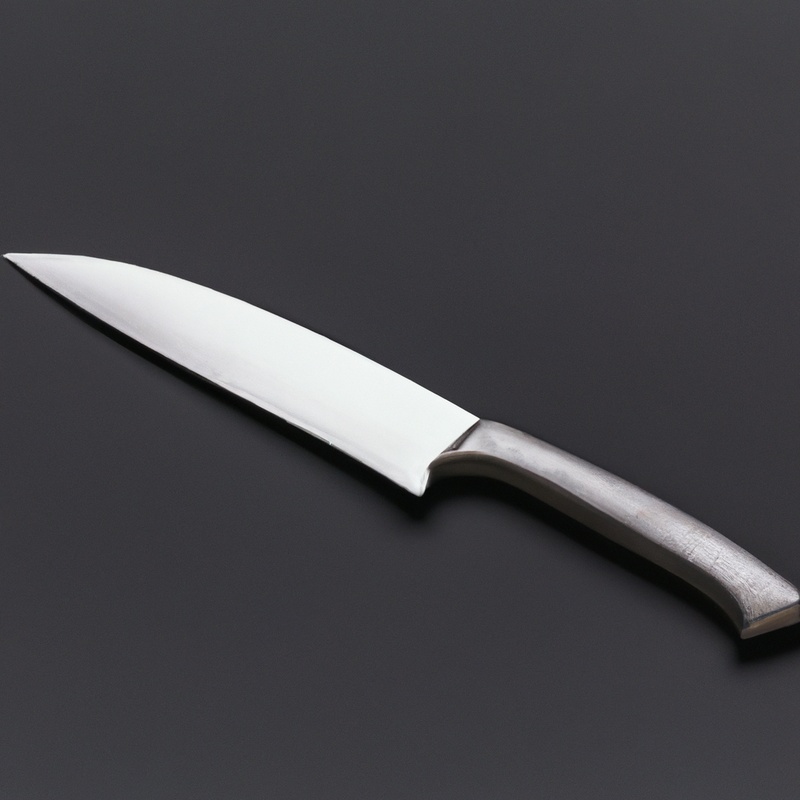
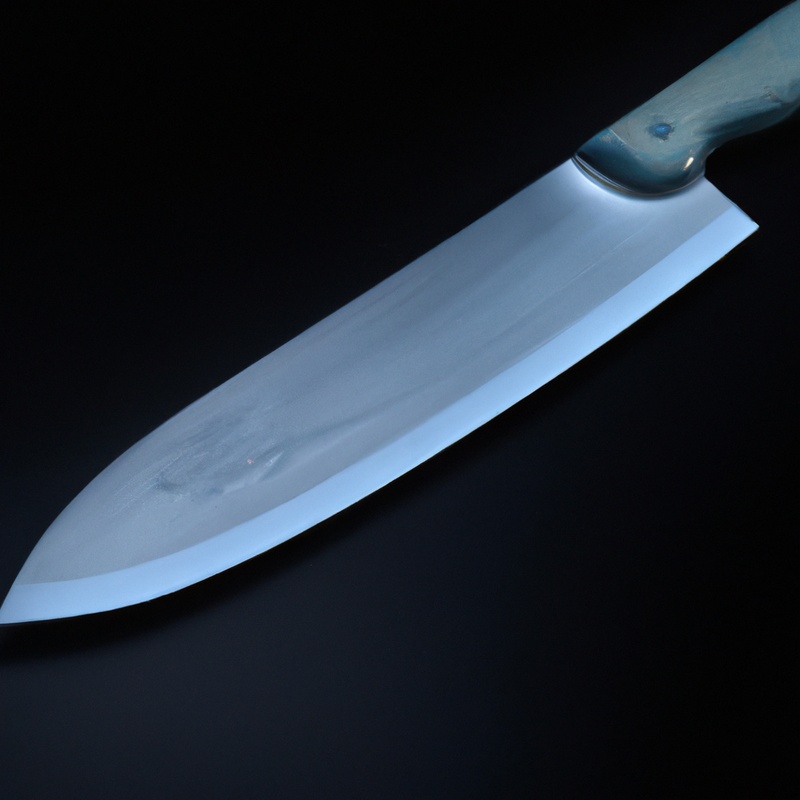
Maintaining optimal sharpness for better balance
Maintaining optimal sharpness is crucial for better balance of a Gyuto knife during use. A sharper blade allows for smoother and more precise cuts, reducing the need for excessive force and improving control.
To maintain optimal sharpness, it’s important to regularly sharpen the blade using the proper technique and angle.
Avoid using a honing steel as it can damage the blade’s edge. Additionally, cleaning and storing the knife properly can prevent dulling and damage to the blade, which can negatively affect its balance.
By taking the necessary steps to maintain optimal sharpness, you’ll notice a significant improvement in the balance and overall performance of your Gyuto knife.
Proper angle and technique for maintaining balance during sharpening
When it comes to maintaining the balance of a Gyuto knife, proper angle and technique are crucial during sharpening. The correct angle for sharpening a Gyuto knife is typically between 15-20 degrees, ensuring a sharp edge without compromising the structural integrity of the blade.
To achieve this angle, it is recommended to use a sharpening stone or honing rod, with a technique called “edge trailing,” where the blade is sharpened in a motion where the edge follows the stone or rod.
This method helps maintain balance by evenly removing material from both sides of the blade, preventing an imbalance in weight distribution. It is also essential to maintain a steady hand during sharpening, using a firm but gentle pressure without adding extra force.
Sharpening in a controlled and consistent manner helps maintain the balance of the blade, preventing over-sharpening or damaging the blade during the sharpening process.
Overall, maintaining the proper angle and technique during sharpening is vital to preserving the balance of a Gyuto knife and ensuring optimal performance.
Why cleaning and storing your knife properly is crucial for balance maintenance
Proper cleaning and storage of a Gyuto knife are vital for maintaining its balance and longevity. Any remnants of food or liquids left on the blade may lead to corrosion and rust spots, which could alter the weight and balance of the knife.
Furthermore, improper storage can cause damage to the edge or tip of the blade, ultimately affecting its balance.
To avoid these issues, it is recommended to clean the blade thoroughly with warm water and mild soap after each use, then dry it immediately using a clean cloth. Storing the knife in a knife block, a magnetic strip, or a protective sleeve can help prevent damage and ensure the blade’s balance is maintained.
By following these simple steps, you can keep your Gyuto knife in excellent condition, making it a reliable tool in your kitchen for years to come.
Common mistakes to avoid when maintaining the balance of a Gyuto knife
Avoid these common mistakes to maintain the balance of your Gyuto knife:
- Uneven sharpening: Always sharpen the blade evenly on both sides to avoid disturbing the balance.
- Wrong storage: Storing in a way that puts extra stress on the blade, such as standing it on its edge, can affect the balance.
- Overusing: Overusing the knife and not taking breaks can cause the arm to tire and lose accuracy, compromising the balance.
- Using the wrong grip: Using the incorrect grip or position while cutting can cause the knife to become unbalanced, leading to decreased performance.
- Neglecting maintenance: Neglecting maintenance, such as cleaning and sharpening, can cause the blade to become dull and unbalanced, diminishing its performance.
Final Verdict
Maintaining the balance of a Gyuto knife is crucial for safety, precision and efficient performance. A proper grip, weight distribution, blade shape and thickness, sharpness, and maintenance all play a vital role in achieving optimal balance.
By following the guidelines outlined in this article, you can ensure that your Gyuto knife is balanced and operating at its best.
Remember to choose a knife that fits your specific needs, maintain its sharpness through proper care, and avoid common mistakes. As an expert in the field, I can confidently state that with a balanced Gyuto knife, your culinary skills will reach new heights.

